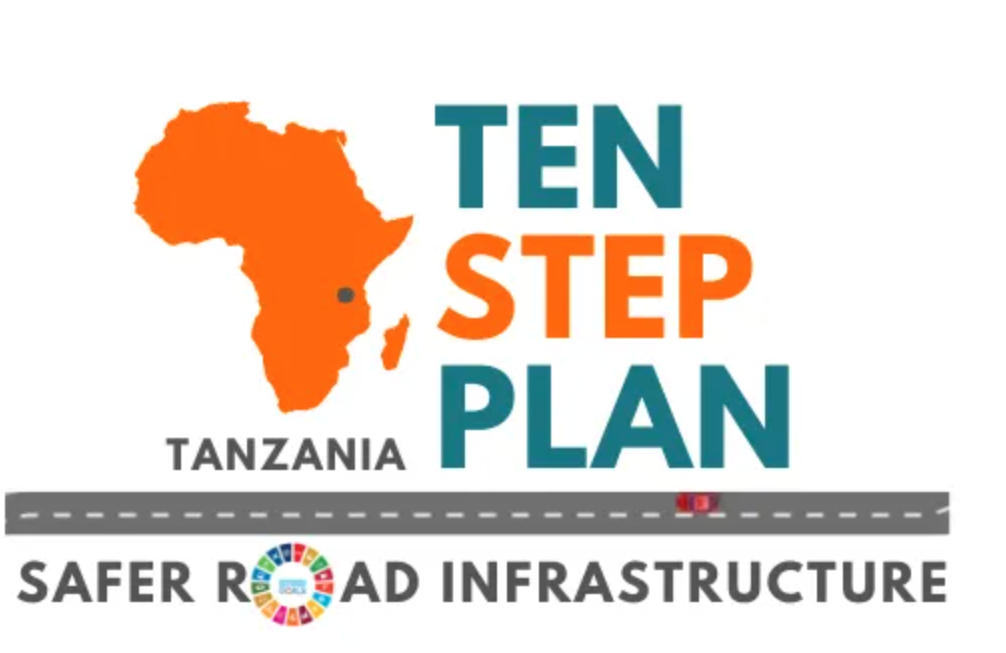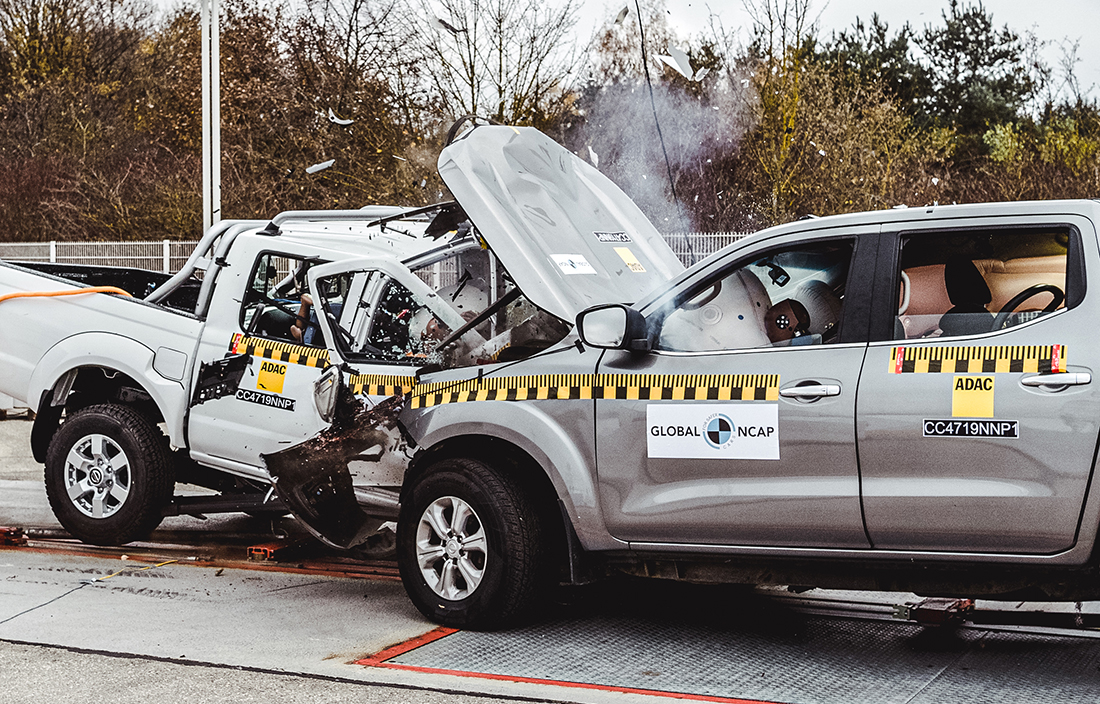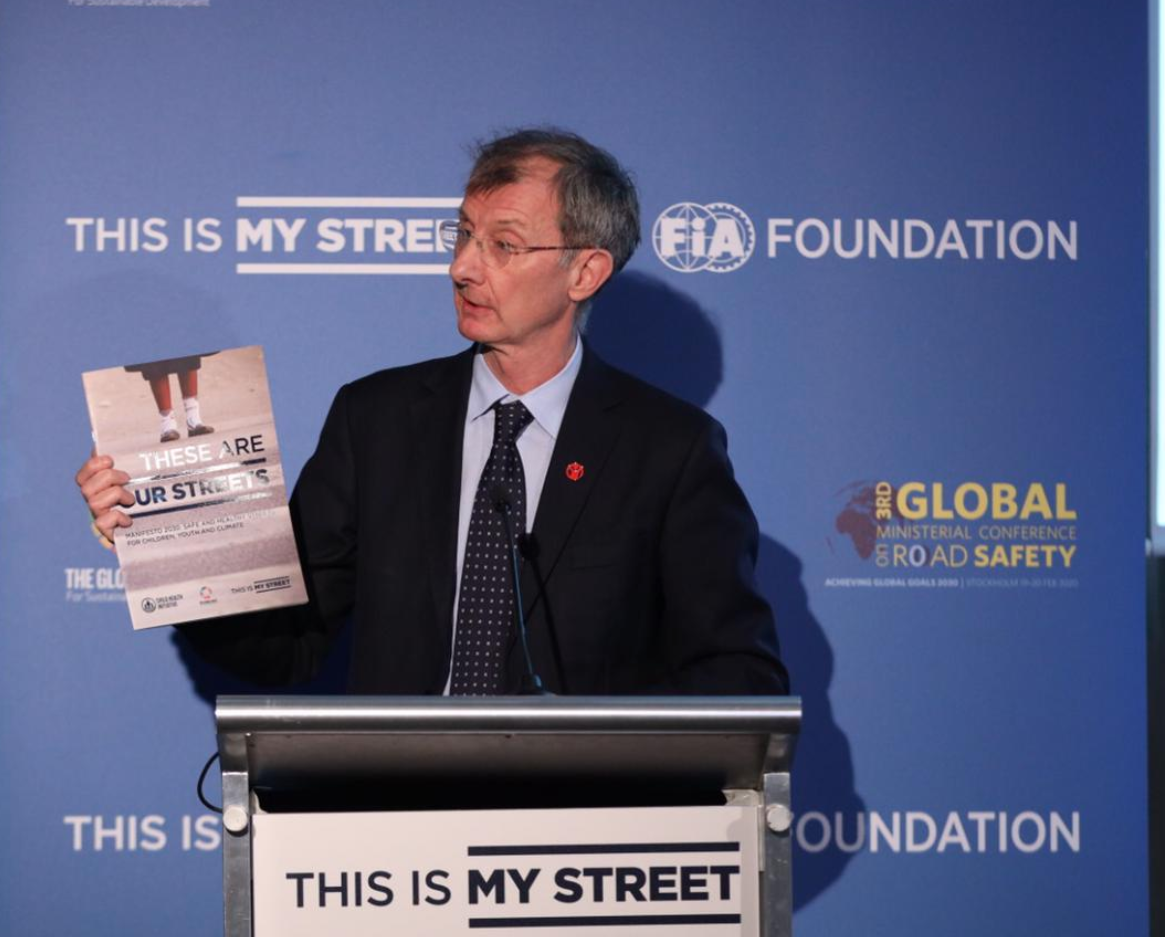Road safety facts
Posted 7 years ago
Key facts
- There
are 1.25 million road traffic deaths globally.
- Road
traffic crashes are the number one cause of death among those aged 15–29
years.
- 90
percent of road traffic deaths occur in low- and middle-income countries.
- Vulnerable
road users include pedestrians, cyclists, and riders of motorized
two-wheelers and their passengers.
- Drinking
alcohol and driving increases the risk of a crash.
- Wearing
a good-quality helmet can reduce the risk of death from a road crash by 40
percent.
- Wearing
a seat-belt reduces the risk of death among front-seat passengers by 40–65
percent.
- The newly adopted 2030
Sustainable Development Goals set a road safety target of halving the
global number of deaths and injuries from road traffic crashes by 2020.
- Infant
seats, child seats and booster seats can reduce child deaths by 54–80
percent in the event of a crash.
- Vehicles sold in 80 percent of
all countries worldwide fail to meet basic safety standards.
Key risk factors:
Speed
An increase in average speed is directly related both
to the likelihood of a crash occurring and to the severity of the consequences
of the crash.
Drink–driving
Drinking and driving increases both the risk of a
crash and the likelihood that death or serious injury will result.
Motorcycle helmets
Wearing a quality motorcycle helmet correctly can
reduce the risk of death by almost 40 percent and the risk of severe injury by
over 70 percent.
Seat-belts and child restraints
Wearing a seat-belt reduces the risk of a fatality
among front-seat passengers by 40 percent to 50 percent and of rear-seat
passengers by between 25 percent and 75 percent. Correctly installed and used
child restraints reduce deaths among infants by approximately 70 percent and
deaths among small children by between 54 percent and 80 percent.
Distracted driving
Lack of concentration when driving is mostly caused by
use of mobile phones, which makes drivers have slower reaction times, impaired
ability to keep in the correct lane and shorter following distances.
Unsafe road infrastructure
The design of roads can have an impact on safety.
Roads should have adequate facilities for all road users from motorists,
pedestrians and cyclists. Lack of facilities such as footpaths, cycling lanes
and safer crossing points can lead to road crashes.
Unsafe vehicles
Safe vehicles play a critical role in averting crashes
and reducing serious injury. The UN has set regulations on vehicle safety. If
applied to countries’ manufacturing and production standards, would potentially
save many lives. These include electronic stability control, fit airbags and
seat-belts. Without these basic standards, the risk of traffic injuries for
those in the vehicle and those outside increases.
Inadequate post-crash care
Delays in providing care for those involved in a road
traffic crash increases the severity of injuries.
Inadequate law enforcement of traffic laws
Lack of enforcement of traffic laws is critical.
Expected reduction in road traffic deaths, injuries and change in behaviours
cannot be achieved if laws are not enforced.
Source: World Health Organization (WHO)











 RSS Feeds
RSS Feeds